The most sensitive area in men is the area of groins. The groin includes muscles of the abdomen, thighs, and pelvis, and the outcome of injuries to any of these muscles is actually groin pain. People very often identify two different terms, groins and testicles, as the same, but it is important to know that those two are not the same thing. The pain in groins can be very severe, restraining person from carrying anything heavy and doing simple activities. There is a cause for every pain, and the same rule goes for groin pain.
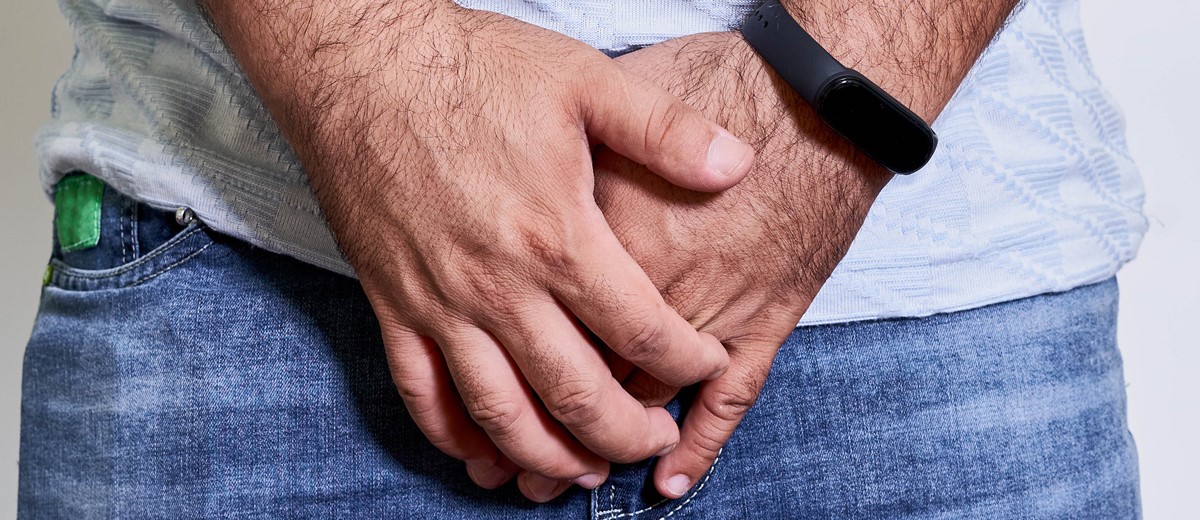
Severe Pain in Groin
There are a lot of conditions that lead to groin pain. Some of them occur more often than others though. For example, if a direct blow is received to the scrotum, severe groin pain appears. In some cases, when a person has suffered very strong blow, bruises and swelling appear too, and the best way for a person to reduce them is by wearing supportive underwear as well as by taking warm baths. Groin pain may also appear due to enlarged lymph glands. The cause of such enlargement is most commonly bacterial or viral infection.
The underlying cause of sharp groin pain can also be inguinal hernia, which is a protrusion of abdominal organs, to be more precise the intestine through the inguinal canal. This condition usually appears in men who have weak abdominal wall or weak groin muscles. Furthermore, if swelling or inflammation of the epididymis appears, groin pain is unavoidable.
Epididymitis appears because of gonorrhea, Chlamydia, and homosexual men have more tendencies to develop it. Some other causes of groin pain in men include kidney stones, testicular tumor, orchitis and testicular torsion. One type of testicular tumors is Leydig cell tumor and it is mostly reported in men between 20 and 60 years of age. Orchitis is inflammation of the testicles that develops due to the bacterial and viral infection, and it can be associated with sexually transmitted diseases.
Pulled Groin Muscle can Make Problems
A groin pull is an injury to the muscles of the inner thigh and is considered to be one of the most common causes of groin pain in men. There are several other names for this condition, such as groin pain, groin strain, groin pull injury or adductor strain. This common injury usually affects athletes, especially people involved in sports like soccer, basketball, football, hockey, track and field as well as racquet sports. People in sports that involve kicking, twisting and turning are at the highest risk of having a groin pull injury.
The groin is the junction between the lower limbs and the torso. Groin pain occurs when the muscles of the inner thigh are stretched beyond their limits. When this over-stretching occurs, small muscle tears cause pain and swelling. In more severe injuries, a groin pull involves a complete rupture of the affected muscles. A groin pull is usually recognized by a sudden sharp pain in the groin area which causes one to stop or slow down the movement.
A pulled groin muscle is the term used for injuries to the hip adductor muscles. These muscles form the inner part of the thigh and are in charge of bringing the legs together. Adductor brevis, adductor longus, adductor magnus, gracilis and pectineus are all known as adductor muscles. Adductor Longus is most susceptible to injury, especially at the point at which the muscle and the tendon attach to the thigh bone.
The adductor muscles serve to move the thigh toward the centerline of the body and also to help control and limit the movements. The groin pull often occurs due to a variety of factors. Vigorous physical exercise can put a lot of strain on the adductors, making them prone to injuries. Adequate warm-up is required to prepare the nervous system to control the adductors in an optimal way. When the warm-up prior the exercise is inadequate, movements may add too much pressure on the adductors, leading to an injury.
- Groin pain in athletes is difficult to treat and can result in prolonged absence from sporting activities.
- The best available evidence from two previous systematic reviews on treatment of groin pain in athletes was exercise therapy, but the evidence could be regarded as limited.
- A recent Cochrane review only included randomised controlled trials and concluded that there is insufficient evidence to advise a specific conservative treatment for exercise-related groin pain.
- There was a significant correlation between lower study quality and higher treatment success.
- For athletes with long-standing adductor-related groin pain there is moderate evidence that: (1) active exercises improve treatment success compared with passive treatments, (2) multimodal treatment with a manual therapy technique shortens the time to return to sports compared with active exercises and (3) adductor tenotomy improves treatment success over time.
- For athletes suffering from sportsman's hernia with/without adductor tendinitis, there is moderate evidence that surgery results in better treatment success compared with conservative therapy.
Warm-ups will Prevent Groin Pain
Groin pull is relatively easy to prevent by practicing a thorough warm-up and physical conditioning. The correct warm-up will prepare the muscles and tendons for strenuous physical activity. Physical conditioning is very important in order to keep muscles and tendons flexible and supple.
In case a person has suffered from a groin injury, there are possible treatments. Treatment should start right after the injury and is based on the R.I.C.E. rule. This acronym stands for rest, ice, compression and elevation, and it is best used as a first aid measure that can relieve pain, limit swelling and protect the injured tissues, all of which help speed up the healing. The patient should avoid physical activities for the first one to two weeks and then slowly engage in regular activities. It is important to visit doctor if you feel pain in groin and start with treatment immediately after the diagnosis. In some cases, simple light exercise can be very helpful for pain relief. On the other hand, if the pain is severe, sharp and reoccurring, a specialist must be consulted.



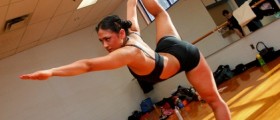
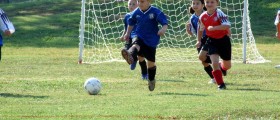
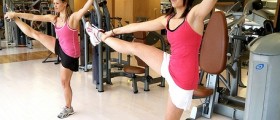
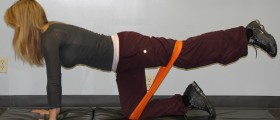
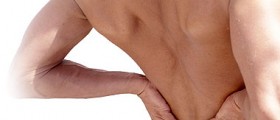
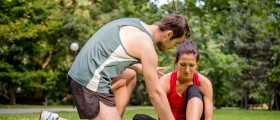





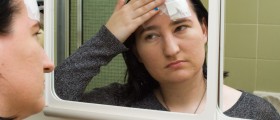
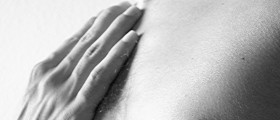

Your thoughts on this
Loading...